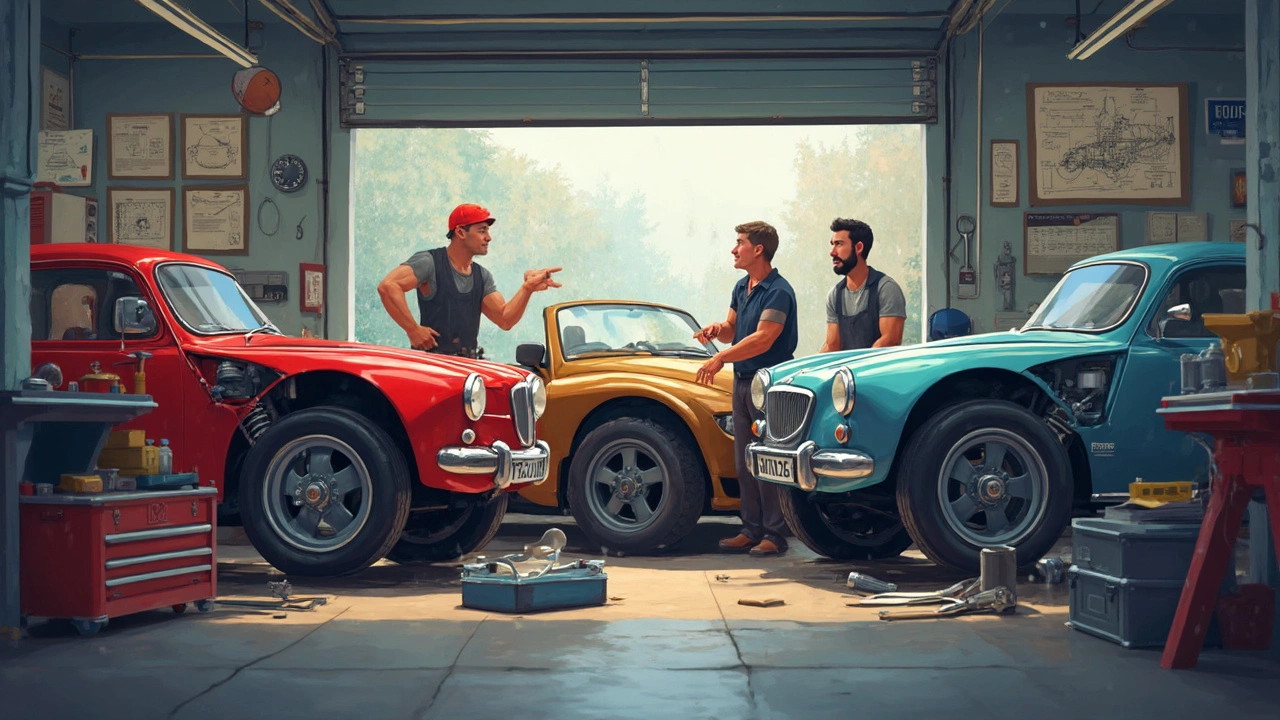Double Wishbone Suspension: What It Is and Why It Matters for Your Car
When you hear double wishbone, a type of independent suspension system that uses two control arms shaped like wishbones to hold the wheel in place. Also known as A-arm suspension, it's one of the most precise and durable setups for keeping your tires planted on the road, especially during cornering or braking. Unlike simpler designs like MacPherson struts, the double wishbone gives engineers more control over camber, toe, and ride height—meaning better grip, less tire wear, and a smoother ride over bumps.
This system is common in performance cars, luxury sedans, and even some trucks because it handles heavy loads and high speeds better than other setups. It’s made up of two arms—one upper, one lower—each connected to the chassis and the wheel hub. These arms let the wheel move up and down in a controlled arc, keeping the tire flat on the road even when the surface isn’t. That’s why cars with double wishbone suspensions feel more stable when you take a sharp turn or hit a pothole at speed. The control arms, the metal arms that connect the wheel hub to the car’s frame are the heart of this system. They’re usually made of steel or aluminum and can wear out over time, especially if you drive on rough roads or carry heavy loads. When they go bad, you’ll notice uneven tire wear, clunking noises, or the car pulling to one side. And if the wheel alignment, the angle at which your tires meet the road is off because of worn parts, your tires will wear out faster and your fuel economy will drop.
It’s not just about handling—it’s about safety. A failing double wishbone setup can lead to loss of control, especially in emergency maneuvers. That’s why checking your suspension regularly matters. If your car is bouncing more than usual, or you hear rattling over bumps, it’s not just the shocks—it could be the wishbones, bushings, or ball joints. Many of the posts below cover related issues: how to spot bad struts, what causes bent suspension, and how suspension problems can even affect your engine’s performance. You’ll also find guides on checking tire wear, replacing worn parts, and understanding how your car stays grounded. Whether you’re a weekend driver or someone who works on cars regularly, knowing how your double wishbone works helps you spot trouble early and avoid expensive repairs.
